Markets hold the line, for now
Moody’s downgrade of US sovereign debt from Aaa to Aa made a brief splash—and then vanished. The S&P 500 closed up 0.1%, the Nasdaq flat, and the Russell 2000 down just 0.4% after dipping as much as 1.5%. Even bond yields, which initially jumped to 4.56%, eased to 4.45% by close.
European indices drifted sideways, with OMX30 up 0.2% after a late surge. Futures across the continent pointed higher on Tuesday morning—EuroStoxx 50 +0.4%, DAX +0.3%, FTSE +0.4%.
Ritholtz Wealth Management summed up investor sentiment bluntly: “This Moody’s action is largely symbolic. The government deficit isn’t a problem—until markets decide it is.” History offers a grim reminder. In 1987, amid rising deficits and trade tensions, equity markets suddenly snapped. One October morning, the S&P 500 fell over 20% in a day. The catalyst? Hard to say. But it’s never just one thing.
And that’s the point. Downgrades might not trigger panic—but they add weight to a growing stack of risks.
Bond market whispers, investors should listen
The real story isn’t the equity market’s shrug. It’s the bond market’s unease.
The 10-year Treasury yield spiked on the downgrade before retreating—but don’t mistake that for confidence. With upcoming bond auctions and fiscal uncertainty, the market is bracing. The parallel with the UK in 2022 is unnerving: Liz Truss’s unfunded tax cuts sent gilt yields soaring, forced the Bank of England to intervene, and toppled a Prime Minister in under 45 days.
America isn’t Britain—but debt dynamics rhyme. Trump’s proposed tax cuts—an extension of his first-term policies, plus new defence and border spending—would increase deficits by over $3 trillion in the next decade. That’s more than 10% of GDP. The numbers are slippery too—many provisions are ‘temporary,’ but in practice, no Congress likes raising taxes.
Even with tariff revenue, the math doesn’t work. And tariffs undercut growth, cancelling out the intended stimulus.
Meanwhile, JP Morgan’s Jamie Dimon warned investors not to ignore the threat of stagflation from tariffs. It’s not that markets are overreacting. It’s that they aren’t reacting at all.
Asia sends mixed signals, while Europe watches Washington
Across the Pacific, markets were buoyed by expectations of progress in US-China trade talks. Hang Seng led gains as CATL surged on debut. China’s central bank cut its 1- and 5-year loan prime rates by 10 basis points—expected, but notable. It follows a broader easing trend: 7-day reverse repo rates and reserve ratios were also trimmed this month.
Japan, however, showed the flip side. A 20-year bond auction received the lowest demand since 1987. Next week’s 40-year auction is now a litmus test for confidence in Japanese fiscal stability. The yen market isn’t used to rejection. That’s changed.
Back in Europe, bond yields remain stable, but the memory of Truss’s budget fiasco keeps policymakers cautious. Brexit negotiations inched forward with minor concessions on food standards and student exchange—welcome, but economically marginal. Germany’s April PPI and eurozone consumer confidence are on deck, but not expected to move the needle.
The US calendar is equally light. The Philadelphia services index will be watched after April’s plunge. Any recovery may mirror the industrial rebound earlier this month.
The real risk isn’t in the data. It’s in the drift.
Moody’s didn’t tell investors anything they didn’t already know. But complacency is a dangerous companion. The US now has no AAA ratings from the three major agencies. Deficits are rising. Congress shows no appetite to fix them. And a President with a proven sensitivity to bond market jitters is heading into an election year with promises of tax cuts and tariff hikes.
